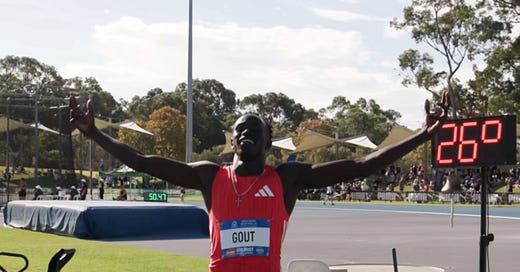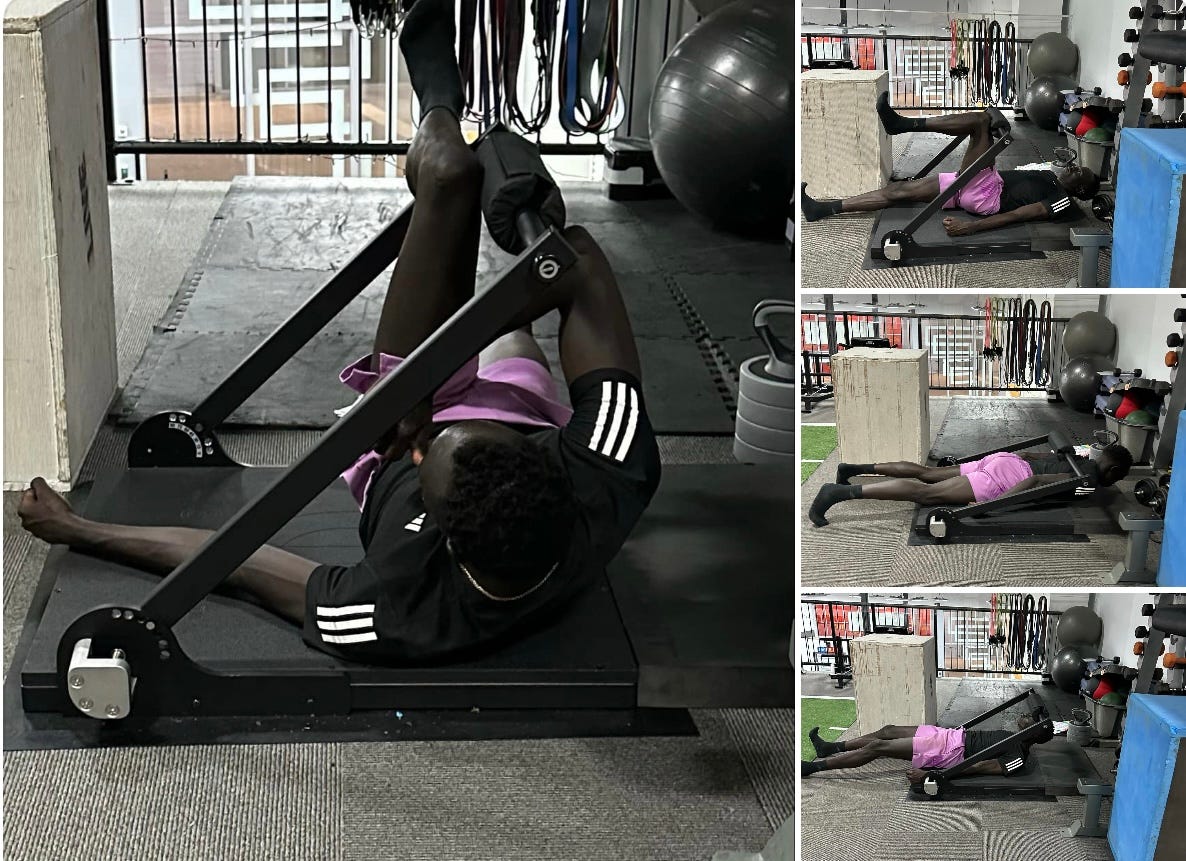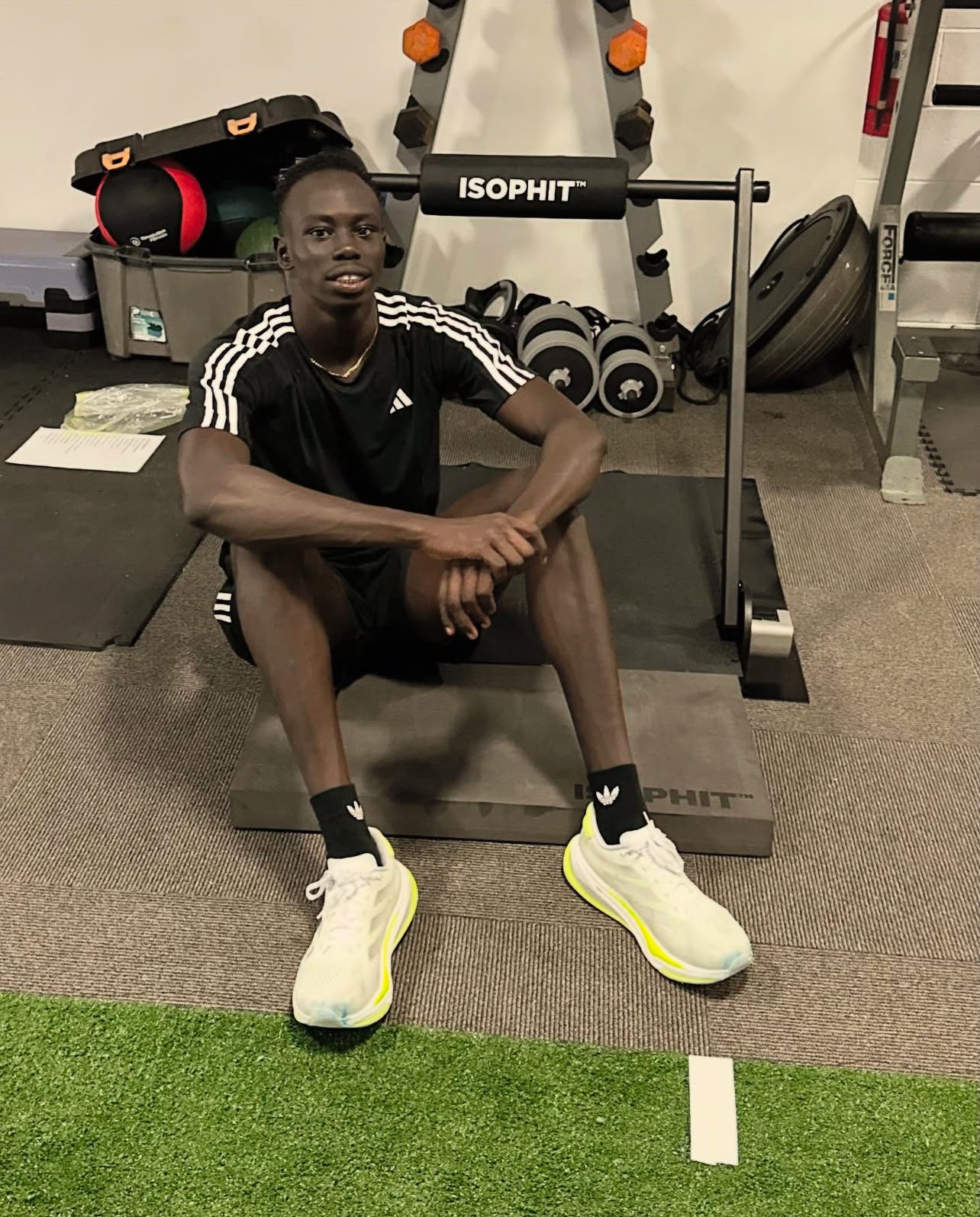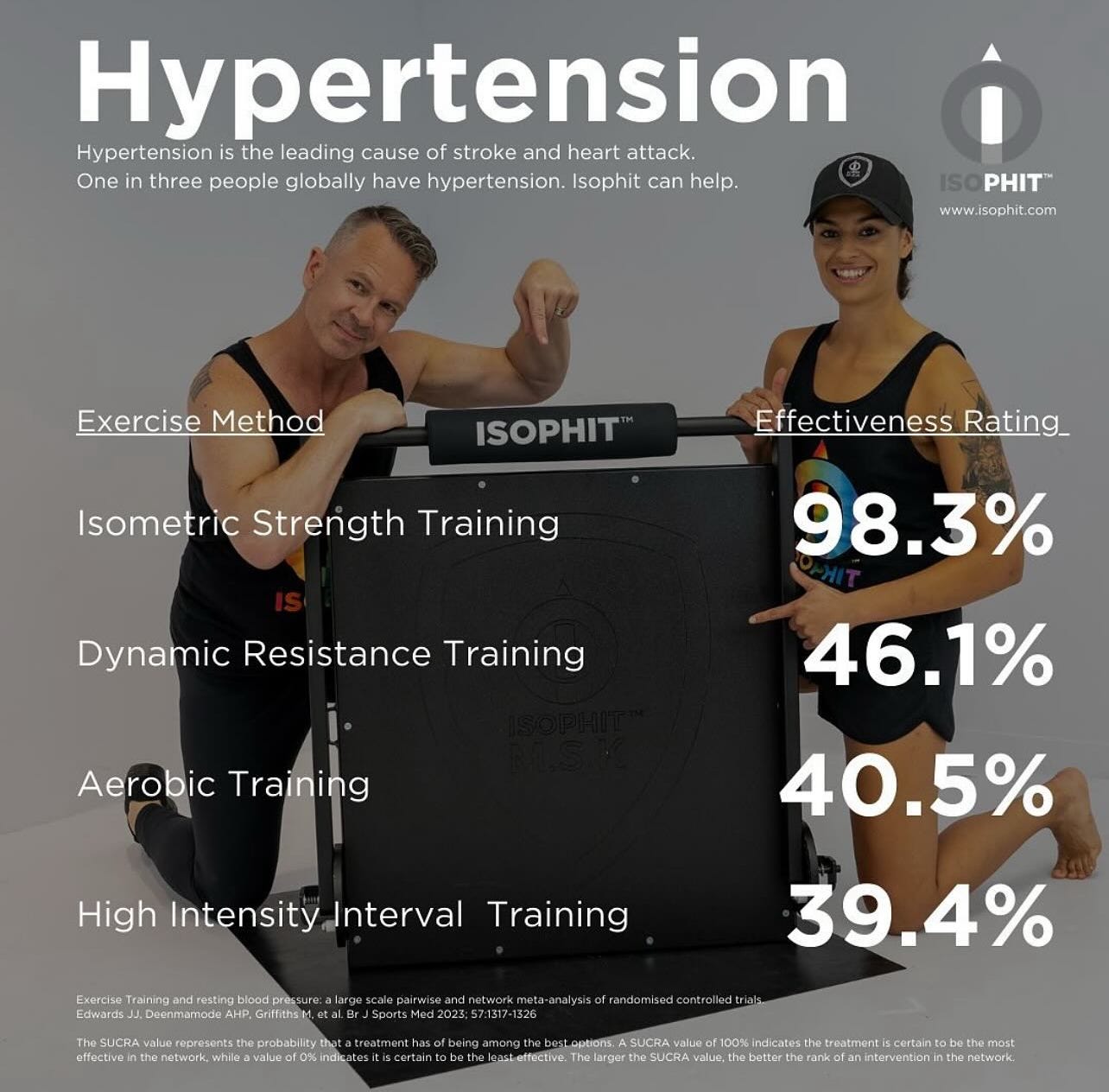The muscular system isn’t just for movement—it’s your athlete’s second heart.
Right now, as we sit in 2025, the athletes preparing for the 2028 Olympic Games are entering the most critical development phase of their careers. Every training block, recovery strategy, and physiological adaptation matters. Margins are razor-thin at the elite level—and one often-overlooked variable may separate medalists from those who never make it out of heats.
That variable? The circulatory role of skeletal muscle.
The venous side of the circulatory system holds approximately 65% of the body’s total blood volume. It also transports nearly 100% of the body’s carbon dioxide (CO₂)—the primary byproduct of intense muscular work. This CO₂ must be removed efficiently to maintain pH balance, reduce fatigue, and preserve neuromuscular output. When the body fails to clear this waste, the result is rapid force decay, loss of coordination, and diminished performance when it matters most.
The body’s solution is elegant: skeletal muscle contractions compress surrounding veins, propelling blood back toward the heart and lungs. This is known as the muscle pump. But here’s what many coaches overlook—this mechanism isn’t driven by a few lower-body muscles. It’s a full-body circulatory strategy. The more muscle groups recruited simultaneously, the more powerful and efficient the system becomes.
And this is where isometric strength training with Isophit delivers a physiological advantage.
Unlike traditional dynamic strength training—which often emphasizes short-duration, ballistic contractions—isometric training emphasizes sustained tension across entire chains of musculature. This enhances neuromuscular recruitment, builds strength endurance, and critically, improves the efficiency and coordination of the muscle pump across the entire body.
Through sustained isometric contractions, athletes improve:
Venous return efficiency, accelerating CO₂ and metabolite clearance
Peripheral circulation, enhancing nutrient and oxygen delivery
Local muscular endurance, reducing early fatigue during static or load-bearing efforts
Postural control, which supports joint positioning and force transfer under load
Isophit’s fixed-force environment allows you to target precise joint angles and muscle lengths, activating over 600 muscles and more than 4,000 tendons in strategically designed protocols. This systemic activation builds a more integrated circulatory pump—especially important for athletes who require repeated high-effort outputs over extended periods (e.g., sprinters, wrestlers, swimmers, field sport athletes).
Coaches who incorporate isometric training as a foundational component of their athlete’s preparation report faster recovery between sets and sessions, greater resilience in late-stage competition, and improved training density without compromising joint health or nervous system integrity.
As you map out your athletes’ path to 2028, consider this:
If you’re not training the entire muscular system to function as a second heart, you’re leaving performance on the table.
Huge shoutout to Coach Diane Sheppard and Gout Gout.
At Isophit, we help the world’s strongest, fastest, and most dominant athletes to win more, hurt less, and age stronger!
Join Team Isophit at www.isophit.com







